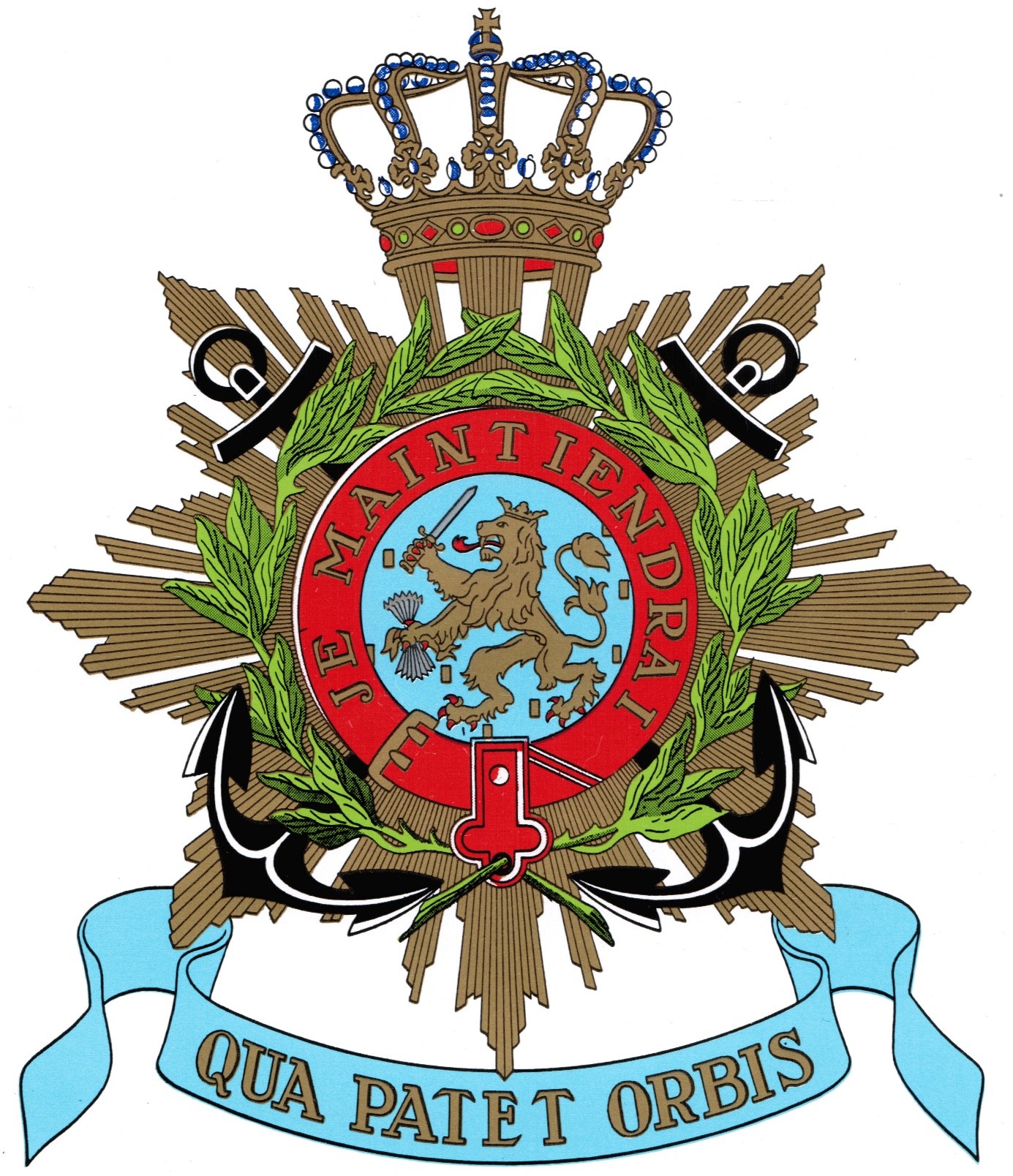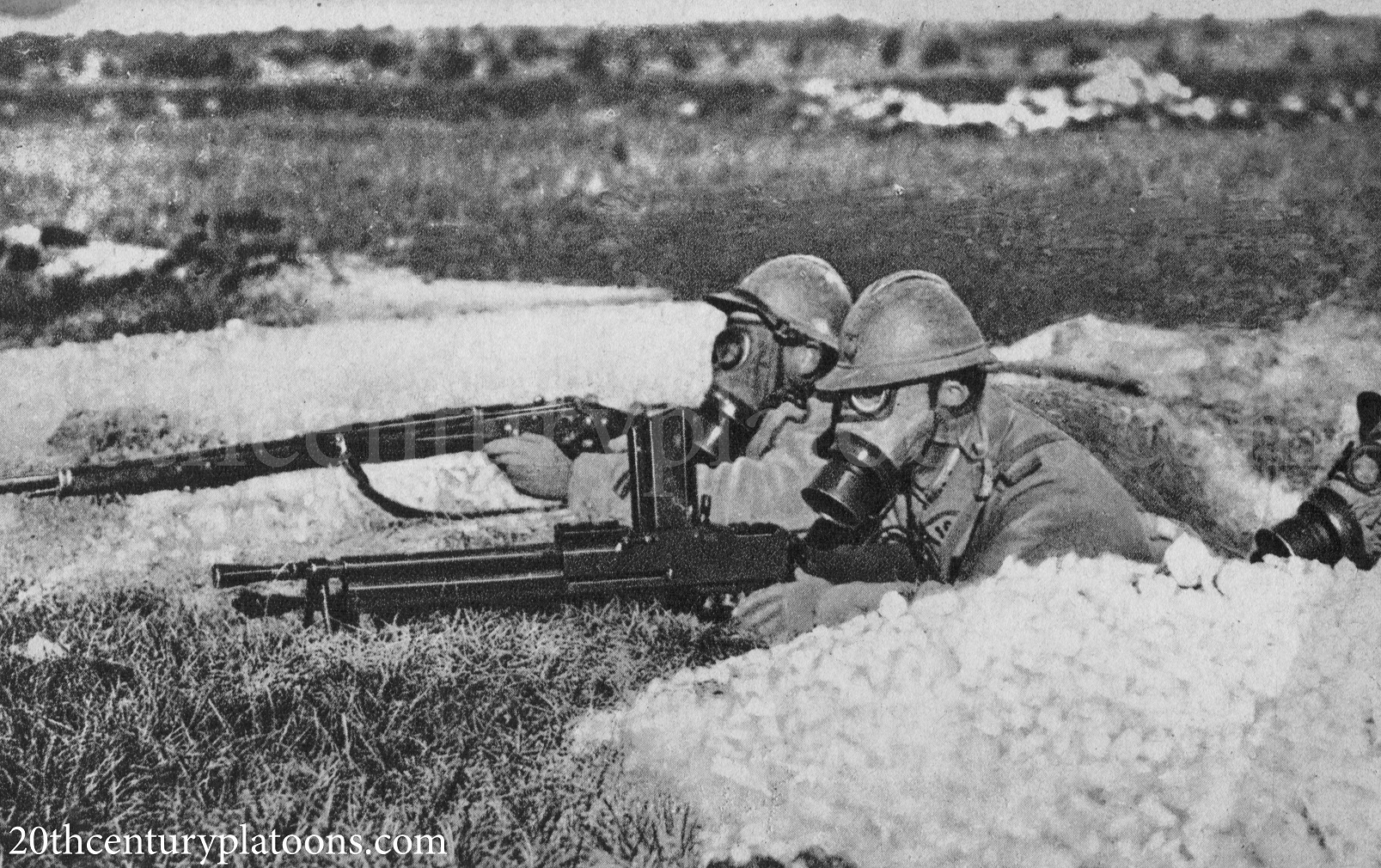
This image from the book "Vietnam Studies: Field Artillery 1954-1973" by Major General David Ewing Ott shows the organization of NVA and PLAF sappers.
The chart is accompanied by the following text:
"No description of the North Vietnamese Army and the People's Liberation Armed Force and their effect on allied forces would be complete without mention
of the ubiquitous sapper. During the first half of 1969, sapper attacks inflicted an average of over $1 million damage per raid. However, the role of the
sapper was often misunderstood. Before 1967, the enemy had not grasped the significance of the sapper as an assault soldier. The allies, on the other hand,
sometimes erroneously categorized the sapper as a guerrilla simply because some guerrillas employed sapper tactics. The fusion blurred identification. The
development of the sapper and his employment before and after the creation of a separate sapper combat arm, equivalent to the infantry and artillery, must
be traced before his impact on the war can be appreciated.
Click here to continue reading
The book is available for download here.
All resources can be found here.

This 1989 reprint of a 1984 manual describes the
"
LRAC", a weapon is use since 1968,
used at the squad and platoon level until 1986, when it was replaced at the squad level by the RAC 112.
It was retained at the platoon level until 1999, when it was replaced by the ERYX.
The weapon nonetheless served until 2012, based on the 2012 edition of the TTA150 manual.
The manual is available for download here.
The archive of manuals can be found here.

×
![]()
Introduction
Following the loss of Dutch New Guinea in 1962,
the Dutch marine corps found itself between a rock and a hard place.
Indeed, the possibility of dissolving the nearly 300-year old corps was discussed.
Nonetheless, the Korps Mariniers continued to modernize, replacing its American weapons acquired in
the 1943-1945 period. Whilst the M1911A1 and Thompson M1 had been replaced in 1958 and 1959 respectively,
the Garand and M1918A2 BAR were soon to follow. With these new weapons, so too the organisation changed.
Prologue
This post is based on the Voorontwerp van een voorschrift betreffende de tactiek van de geweergroep
(Provisional design of a manual concerning the tactics of the rifle squad), dated 1st of June, 1963.
As a provisional manual, it is impossible to say with certainty how long – if at all – the organisation
described was in use. Nonetheless, it provides us with a look at how the Dutch marine corps sought to
incorporate its new generation of weaponry.
Click here to continue reading.
- 14th of June, 2018
The second article - the Dutch Marine Corps 1978 - has been published.
Images now open as a pop-up.
- 7th of June, 2018
The first resource - concerning the Vietnamese sappers - is added.
- 5th of June, 2018
Interactive footnotes are added to the Dutch 1963 Marines Corps article.
The first manual is added.
- 4th of June, 2018
The first scanned postcard is added.
- 3rd of June, 2018
The first article - concerning the Dutch Marine Corps 1963 - is created.
- 2nd of June, 2018
The website is created and launched.




